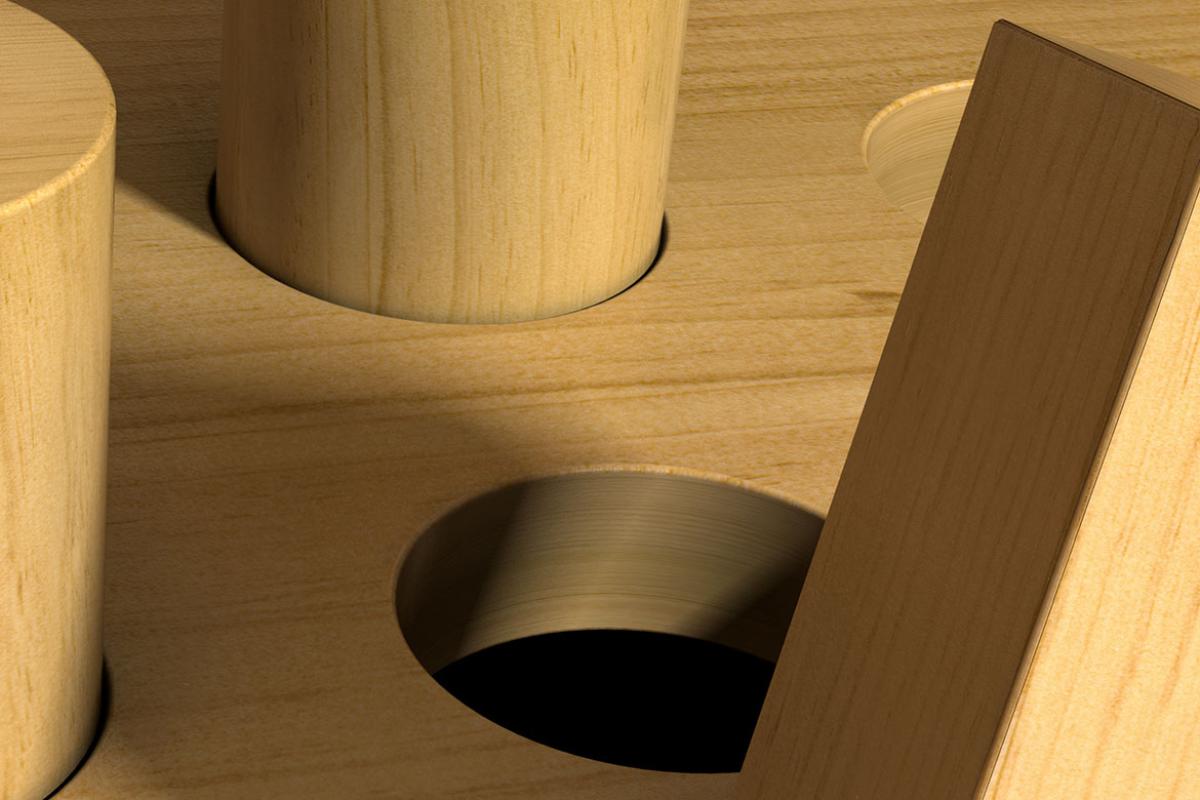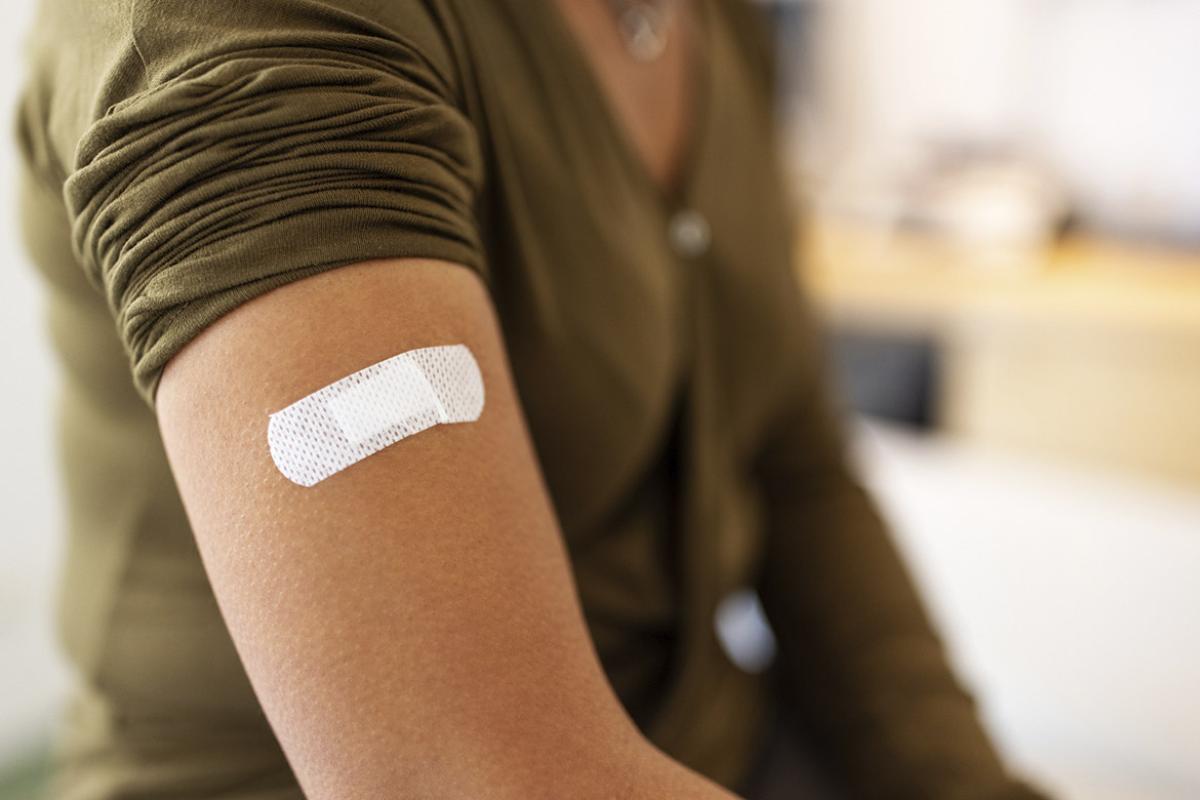As the Match process reaches its final steps, the question most medical students are facing is one that, on the surface, seems simple: Where do you want to end up?
Students offer their answer in the form of a Match rank-order list. Each list is unique to the applicant’s personal preferences. Arriving at the final product, however, is both an art and a science.
Among the data, reports and research produced by the National Resident Matching Program (NRMP) is a survey that offers insight on the strategies that applicants employ to create their rank-order list.
In advance of the March 5 deadlines for applicants in the 2025 Match cycle to submit and certify their rank-order list, here are a few effective strategies to land a coveted physician residency slot.
Rank by preference
The 2024 version of the NRMP survey features responses from about 12,000 applicants, representing roughly 25% of the applicant pool in the most recent residency-selection cycle. Of that group, the overwhelming majority of senior applicants from U.S. MD-granting (95%) and DO-granting medical schools ranked programs in order of their personal preferences.
That strategy is built on a simple truth: The Match algorithm favors applicants.
How so?
The algorithm aims to match an applicant with the highest-ranked program on their list that also ranked them. This means there’s no downside to including your “reach” program. If you received an interview invitation, it’s a clear sign you’re considered a strong candidate by that program.
“It doesn't matter where the program ranks us, as far as our preference,” said AMA member James Docherty, DO, during an episode of the “Meet Your Match” podcast series, part of the “AMA Making the Rounds” podcast. “So the most important thing is put your number one program first, period. Don't adjust your rank list based on how you think programs will rank you.”
The AMA helps medical students master the residency-application process so you can make the right decisions about your career, prepare for a knockout interview, explore residency opportunities—all so you can successfully match.
Dive deeper:
- An intern’s rank-order list do’s and don’ts
- Which factors do applicants weigh most when picking residency programs?
- “Meet Your Match”: Composing a rank-order list
- How making a cross-country move can impact your rank-order list
Strongly consider all interview sites
Programs do not rank candidates they have not interviewed, so if you didn’t interview with a program don’t bother ranking it. If you did an interview with a program, it’s worth strongly considering it. Among 2024 applicants 74% of US MD seniors and 64% of US DO seniors ranked every program with which they interviewed.
The Match is a numbers game, so eliminating an interview site from your rank-order list cuts down on options.
“The general advice is to rank every program you interview with,” said Dr. Docherty, a family physician in Johnson City, New York. “The exception to that is if a program seemed extremely disagreeable to you, if a program asked some very dangerous questions that could have been a Match violation, I would not rank those programs. If you just felt that you could not get along with anybody at the program or you felt that the faculty there were just not for you, and you deeply felt that you would be insanely unhappy at that program, I wouldn't rank that. But if you were just generally agreeable with it and it just wasn't your favorite, I would still rank it because not ranking it just automatically gives you one less chance to match.”
Don’t ignore red flags
Applicants also must consider that—although there are avenues to transfer residency programs down the road—putting a program on your rank-order list creates a binding commitment if a match occurs.
Leanne Chrisman-Khawam, MD, MEd, has seen the results of a bad pairing on Match Day.
“You never want a single program on your list that isn't someplace you'd like to go,” she said during an episode of “AMA Update.”
“That's really important because I've also seen years in which we have students who are heartbroken and now are bound by the Match. And getting out of that conflict could take them out of the Match for a whole year,” said Dr. Chrisman-Khawam, assistant professor of social medicine at Ohio University Heritage College of Osteopathic Medicine.
She argued that some medical students might be better off “not to match and scramble, or not to match, give yourself another year to be a more competitive candidate and reenter the Match in the following year.”
Dr. Chrisman-Khawam summed up her advice this way: “Don't ever put any place you don't want to go.”
Dive deeper:
- What I wish I knew in medical school about Match rank-order lists
- Creating a Match rank-order list? Avoid these 4 common missteps
- Match ranking advice: Trust your gut
- Ease your Match rank-order list stress with these insights
Consider a safety net
The concept of a safety program or even safety specialty isn’t lost on applicants. In 2024, 45% of MD seniors and 41% of DO applicants ranked one or more less competitive programs in their preferred specialty as a “safety net.”
In terms of safety specialties, dual applying is becoming more common. The average number of specialties ranked was 1.2 for MD senior medical students who matched and 1.6 for those who didn’t match. For DO medical schools seniors, those who matched ranked 1.2 specialties and those who didn’t match ranked 1.8.
While you always want to rank in order of personal preference, NRMP guidance advises students to consider creating a list “that includes a mix of competitive and less competitive specialties and programs and be sure to include at least one ‘safety’ program.”
In advance of rank-order list submission, applicants may want to consult FREIDA™, the AMA’s comprehensive residency and fellowship database, which includes more than13,000 Accreditation Council for Graduate Medical Education-accredited residency programs and offers a streamlined user experience.




